6 Reasons You Don’t Need a Fast Lens

When I first got into photography, my camera backpack was full of prime lenses with the lowest possible f-numbers. Back then, everyone insisted that I needed fast lenses. Their reasons varied: better technical quality, faster focusing, and most importantly, beautiful bokeh or blurred backgrounds. How do I see it today?
Chasing the fastest lens isn’t nearly as important as it may seem at first. Instead of blindly relying on gear, it’s better to focus on composition, storytelling, and how you work with light. Here are six reasons why a slower lens is often all you need for everyday photography, and how it might actually help you grow.

A fast lens has a low f-number, usually f/2.8, f/1.8, or f/1.4. That means it lets in more light to the camera’s sensor. More light is helpful when shooting in low-light situations without increasing ISO or using longer shutter speeds. Fast lenses also allow for shallow depth of field. In other words, they produce that soft, creamy background blur known as bokeh that’s especially popular in portrait photography. You can learn more about lens specifications in our article What Do Those Numbers and Letters on Lenses Mean?
Composition over background blur
Learn to compose your shot and work with the scene you’re provided. Very few iconic photographers throughout history relied on ultra-shallow depth of field. In fact, many of the famous images across genres deliberately incorporate the surroundings to enhance the photo’s atmosphere.
In photojournalism, sports, or documentary photography, low f-numbers are sometimes used, but typically only for close-ups. The main shots usually favor greater depth of field to tell the full story in context.

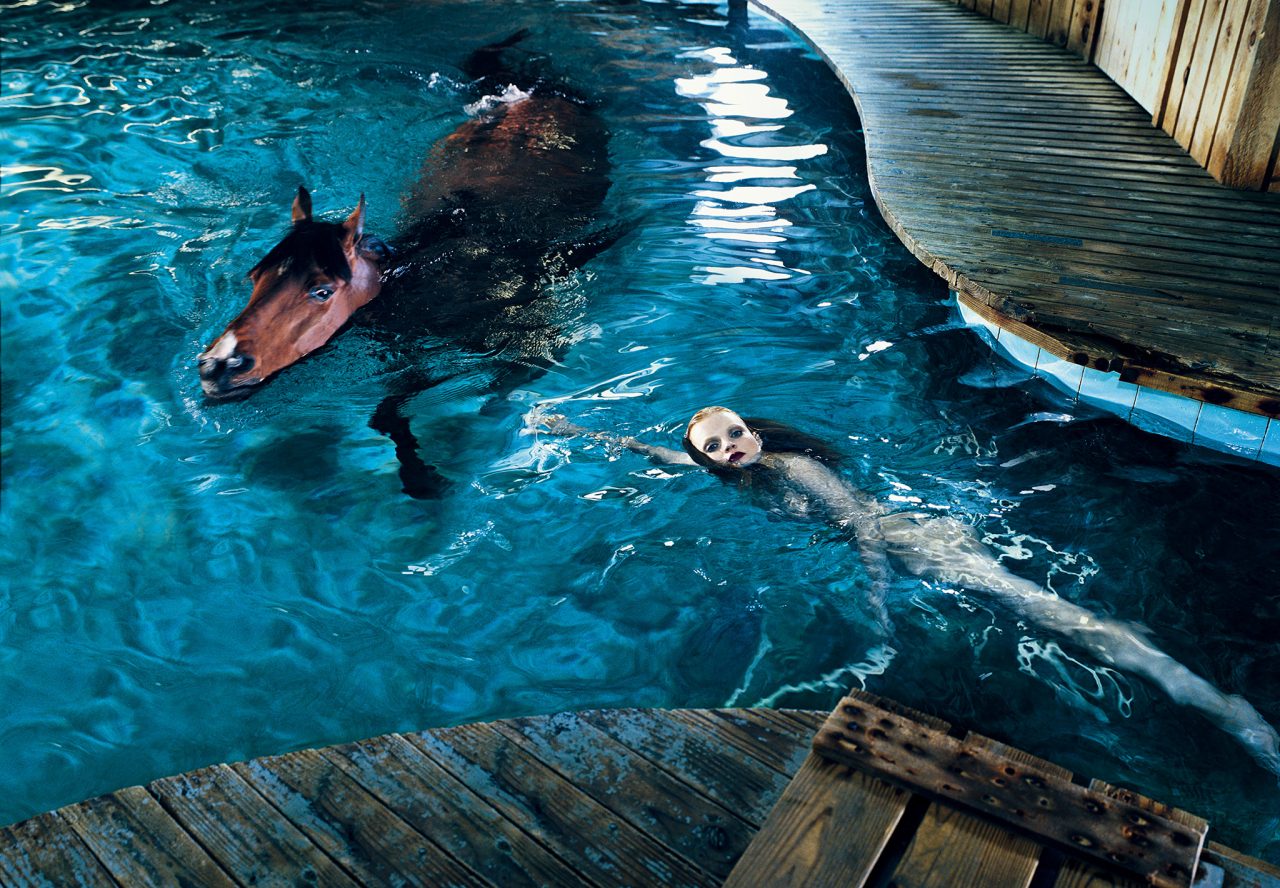
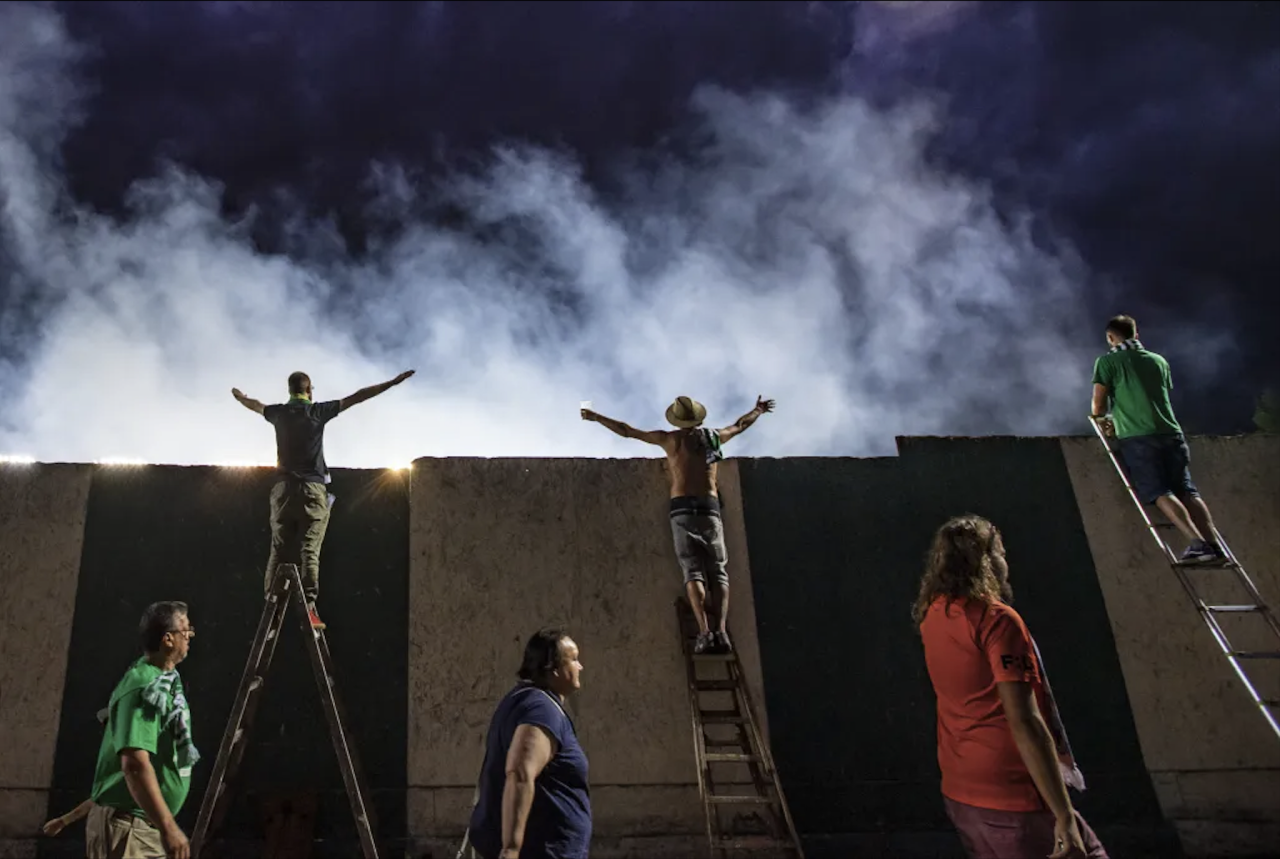
Modern cameras focus well without fast glass
Focusing in low light isn’t as much of a problem as it used to be. Today’s mirrorless cameras with advanced autofocus can easily handle situations where older technology would have failed.
If you’re considering buying a fast lens just for better focusing, it might make more sense to upgrade your camera instead.
Bokeh isn’t everything
Buying an expensive lens just for “nice bokeh” won’t automatically make you a better photographer. Forums might suggest otherwise, but great photography is about more than just a blurred background.
A great photo tells a story, captures a powerful moment, and has atmosphere—and often the setting plays a key role. Without these elements, shallow depth of field can end up being just an excuse for weak composition.
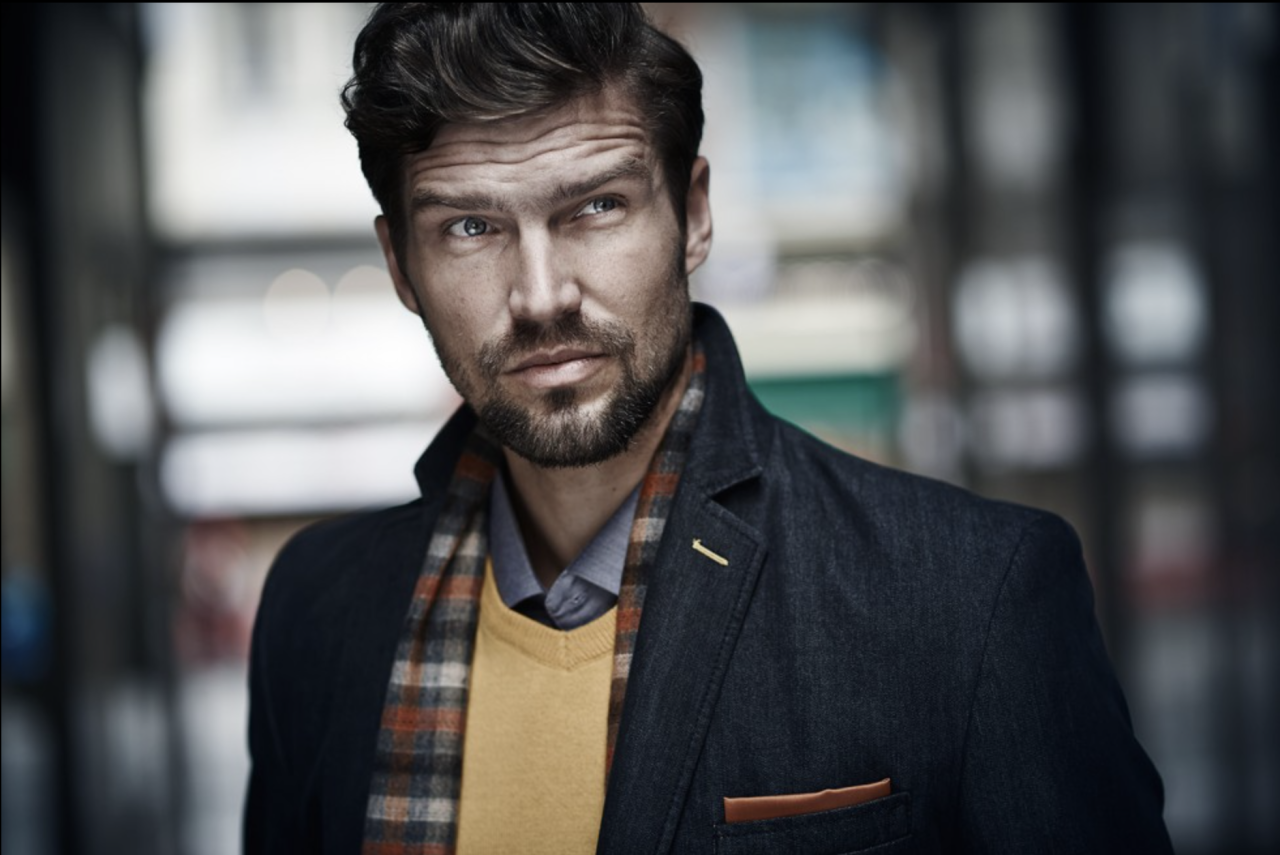
Myth: The lower the f-number, the better the photo
This is exactly what a salesperson at the camera shop might tell you. But their goal is to sell more glass, more “must-haves.” But experienced photographers can often do just fine with a solid zoom lens.
Modern zooms, like a 24–70mm f/4 are so good that the difference compared to primes is noticeable only in large prints, which few people print. Most photos end up online, where the difference between f/1.4 and f/4.0 is practically invisible.
Technical perfection isn’t everything
Unless you’re working in a field like architecture or advertising, where technical accuracy is critical, technical perfection shouldn’t be your top concern. Despite what online forums may say, the story and content of your photo matter more.
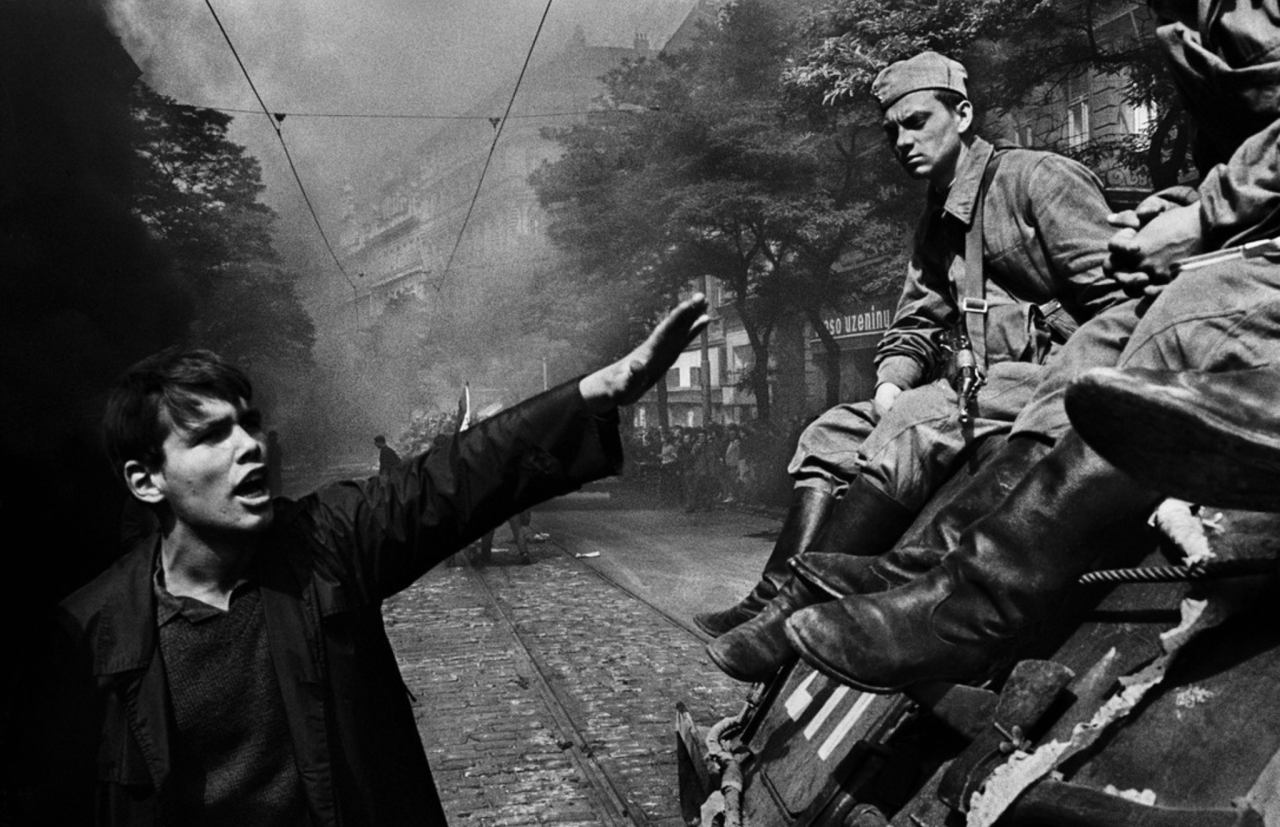
The paradox of perfection: When fast lenses aren’t always enough
Many photographers think that a portrait with natural light and an 85mm lens at f/1.4 is automatically perfect. But the reality is that it’s often a visually pleasing but empty image. And there are plenty of those on social media.
If you’re aiming for a highly-precise technical photo, you’ll probably use an aperture of f/16 or f/25, with a tripod, and probably studio lighting. Natural light alone often won’t cut it under these conditions.
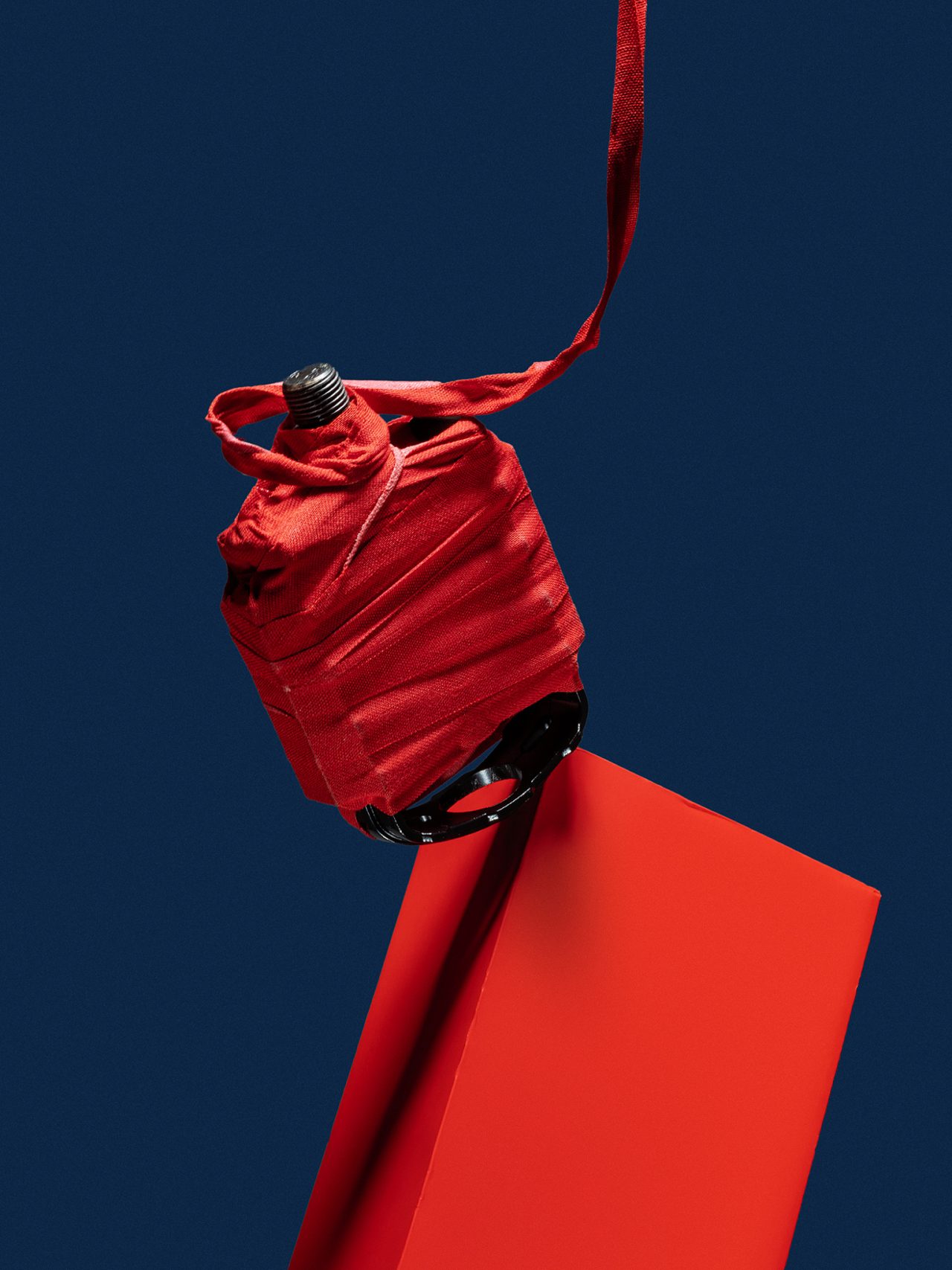
Summary
Today’s cameras focus well even with slower lenses. You don’t need the latest, most expensive fast glass to take great photos. A good 24–70mm f/4 zoom will cover 90% of your everyday needs. Ultimately, it’s not your lens speed, but what you do with it that counts.

There are no comments yet.